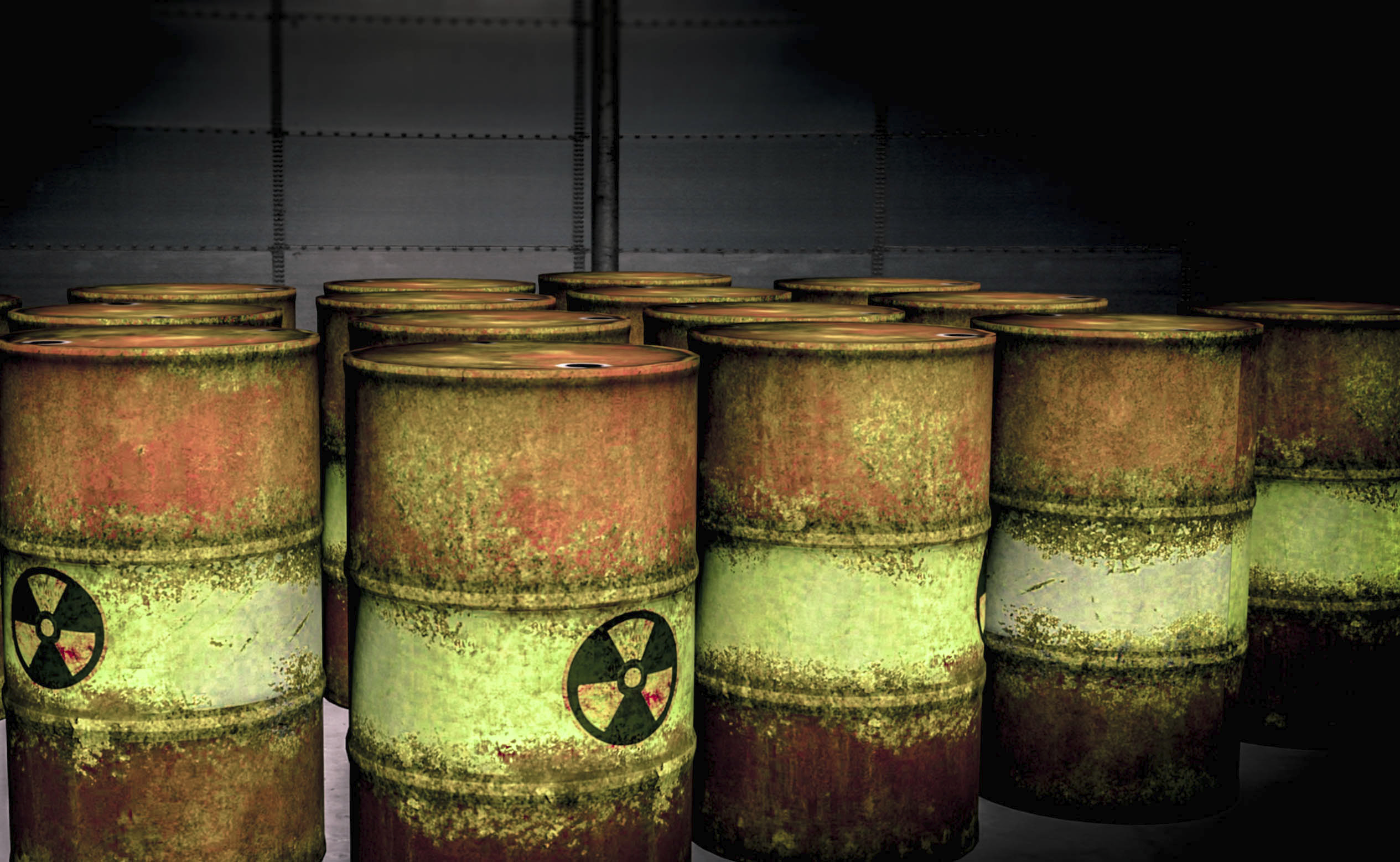In today’s and tomorrow’s Advisors, we will look at 10 actions that our sister publication, Environmental Daily Advisor, recommends facility operators take to more effectively manage Hazardous Waste Operations and Emergency Response (HAZWOPER) training for their employees.
 |
HAZWOPER training is essential in many facilities covered by environmental regulations and should be reviewed and assessed often to ensure compliance. Managing employee safety when there is the potential for a release of a hazardous substance requires commitment to training under 29 CFR Part 1910. These regulations cover hazardous waste cleanup and corrective actions at many types of sites and facilities, and thus are an integral part of compliance with several environmental regulations as well.
Here are the first five of 10 tips for making compliance a little less complicated while maintaining site safety.
1. Match the training to the employee’s level of required response—According to 29 CFR 1910.120(q)(6), “Training shall be based on the duties and function to be performed by each responder of an emergency response organization.” The best way to ensure your training resources are used effectively is to be sure each employee is trained specifically for the level of action required of them, no more and no less. For example, employees who are likely to be present in an area when a hazardous substance release occurs, but are required only to initiate the emergency response effort by notifying proper authorities, should be trained only at the First Responder Awareness level and must understand the limited extent of their duties. Conversely, an employee who is required to respond to the release and have specialized knowledge of the hazardous substance will require Hazardous Material Specialist training, which is more in-depth and comprehensive.
You won’t find a more thorough and effective course related to hazardous waste operations to help meet the employee training requirements of OSHA’s HAZWOPER regulation than BLR’s HAZWOPER Training Program®. Get the details.
2. Don’t underestimate the importance of field experience training—29 CFR 1910.120(e) provides the requirements for initial field experience training for different levels of HAZWOPER responsibility. These range from 1 to 3 “actual field” days and must be conducted under the supervision of a trained, experienced supervisor. Field training is important because it not only tests what the employee has learned in the classroom but it also shows how employees handle the stress of a hazardous substance release and what, if any, areas need to be reviewed to ensure training is adequate and employees reach the necessary level of competency.
3. Use incident critiques for refresher training—Few learning tools are more effective than lessons learned when it comes to real-world hazardous waste response operations. Whether an incident response revealed areas of need or it went smoothly and everyone deserves kudos, actual response activities offer site-specific lessons for students and instructors alike.
4. Don’t depend on employees to remember when they need refresher training—All HAZWOPER training levels require annual refresher training to remain in compliance and keep employees safe, but employees themselves may not always recall when they need to have refresher training. 29 CFR 1910.120(q)(8)(ii) requires records be kept by employers attesting to each employee’s training, and these should be reviewed often to determine which employees need refresher training before their current certifications lapse.
Your Search for HAZWOPER Training Is Over—We Guarantee It!
BLR’s HAZWOPER Training Program® includes 17 training sessions on DVD, a 200+ page HAZWOPER taining manual with tests, handouts, completion certifications and an electronic version of the manual so you can easily take it anywhere. Learn more.
5. Update all required documents as changes occur—Required HAZWOPER documents, such as Site Safety and Health Programs, Personal Protective Equipment (PPE) Programs, and Emergency Response Plans, should be reviewed often to ensure they are up to date and provide factual and correct information during training. For example, structural building alterations or additions may impact access or evacuation routes, new wastestreams can influence PPE needs, or operational changes may incur new risks not yet included in a hazard analysis. These documents should be considered dynamic and should be used to keep all employees apprised of changes that can impact their health and safety on the job. They are also required to be current and available to agency personnel on request.
In tomorrow’s Advisor, we’ll get the last 5 tips for an effective and compliant HAZWOPER training program.
